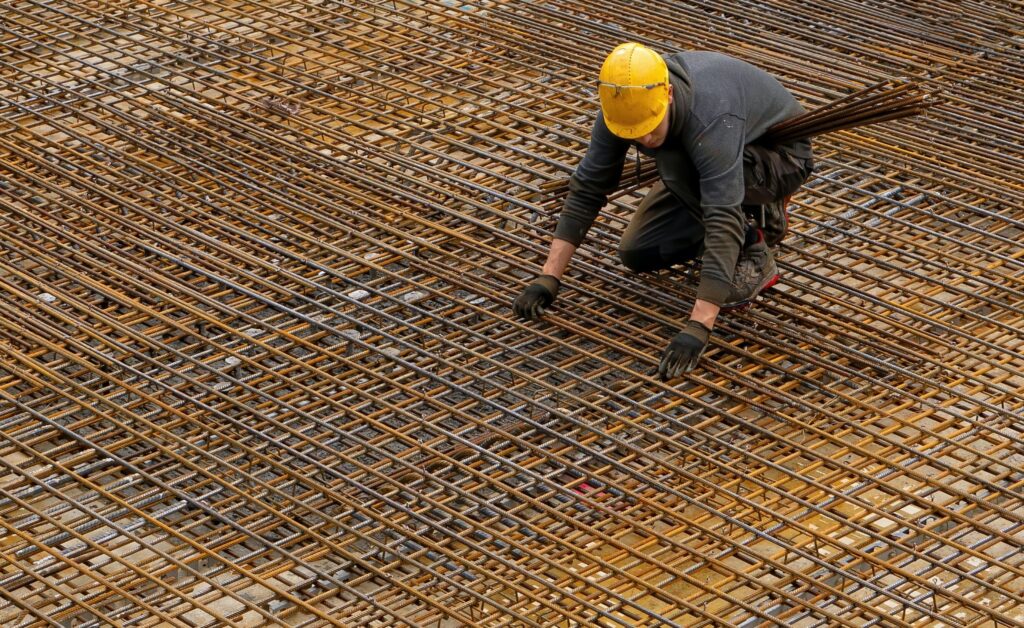RECENT data has revealed that fatal injuries in the construction industry are a third more likely in Scotland compared to the rest of the UK.
Construction workers are now being warned to take caution as the weather gets colder and outdoor conditions worsen.
Just last week a construction worker was rushed to hospital in Edinburgh following an accident at a site in Midlothian.
Another worker tragically died after falling from scaffolding on a site in Glasgow earlier in the month.

In the last year, construction was the industry with the highest number of deaths at work, reporting 30 deaths in 2022.
Construction also made up a quarter of the total fatal injuries to workers across all industries in the UK.
The injury rate of 1.63 per 100,000 workers was nearly double sectors such as manufacturing and transportation or storage.
Falling from height is still the number one cause of fatal and non-fatal incidents in the construction sector – accounting for half of all deaths on site – followed by being struck by a moving vehicle.
The findings, collated by specialist providers of plant hire in London, Herts Tools, used construction statistics from the Workplace Fatal Injuries report 2022 and Health and Safety Executive reports from 2018 to 2021.
Herts Tools say the analysis demonstrates the impact of accidents in the construction industry and how workers and workplaces are being affected.
Every year, there are 61,000 injuries to construction workers, on average, with a quarter of these caused by slips, trips and falls.
The total cost of injuries in 2019/20 is estimated at £1.4bn. This accounts for 7% of the total cost of all work-related ill health and injury, with the majority of these costs falling upon the injured/ill individuals themselves.
Stefano Lobban, director at Herts Tools, says: “Although there will always be accidents in the construction industry, we can never stop trying to reduce them.
“These latest findings show just how far we have to go, with fatalities continuing to rise, despite the UK having some of the most thorough health and safety regulations anywhere.
“Training is key to protecting workers, whether it’s highlighting dangers or teaching workers to make their own risk assessments on site.
“Then there’s ensuring workers have all the PPE they need, such as helmets, safety goggles and slip-resistant footwear.
“I hope these findings act as a wake-up call to the industry and we’ll see a reduction in incident numbers next year.”
Phil Beaumont, a Health and safety consultant, says: “First and foremost it’s important for sites and companies to implement rules, procedures, and policies that people can follow clearly to conduct safe practices at work.
“Keeping a record of incidents and continuously assessing what went right, what went wrong, what was irrelevant and what more could have been done previously is vital to minimise future accidents at work.
“If a company reports an accident at work amongst one of its workers, depending on the severity of the accident and cause, they should carry out a thorough risk assessment for the returning person/people to ensure they’re capable of doing the tasks they’re assigned which won’t aggravate their recovery.
“This should also include manual handling and Control of Substances Hazardous to Health (COSHH) assessments.
“It’s also worth potentially looking at a buddy system, temporary assignments, reduced hours, and planning a stepped return to work for anyone who has experienced an incident in the industry”

